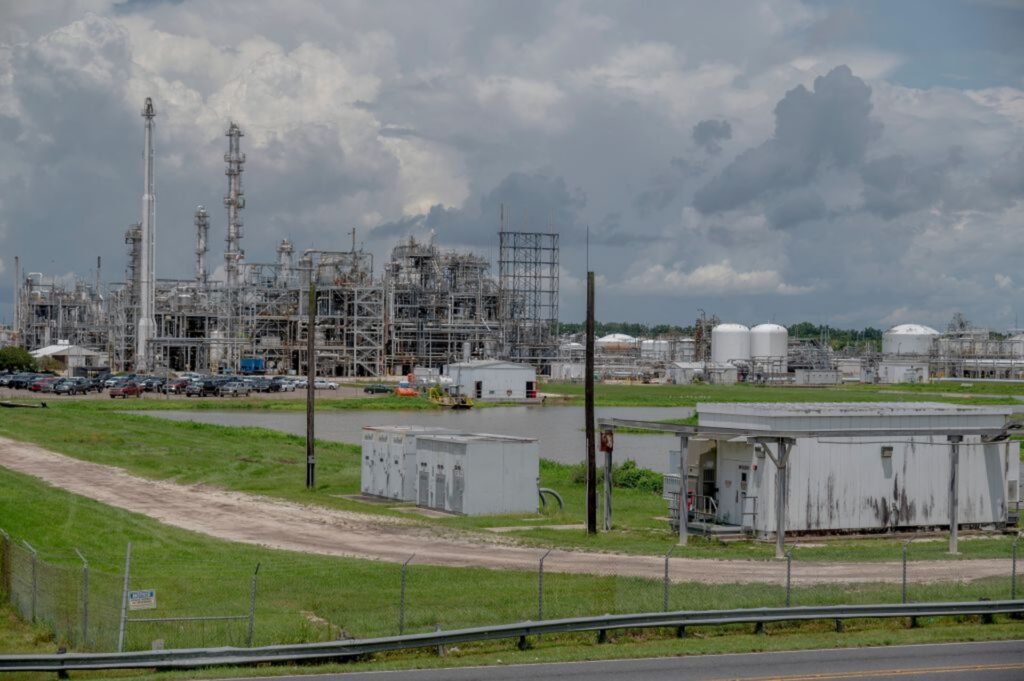Researchers have discovered that ethylene oxide gas in industrial areas of Louisiana is far more toxic than previously believed, according to a report by the Guardian.
What’s happening?
Environmental engineers from Johns Hopkins University analyzed air quality in an area of southeast Louisiana known as “Cancer Alley” due to its high cancer rates. Their findings were alarming.
“I don’t think there’s any census tract in the area that wasn’t at higher risk for cancer than we would deem acceptable,” senior author Pete DeCarlo said. “We expected ethylene oxide, but not at these levels, which were much higher than EPA’s estimates.”
By testing air near chemical plants, researchers found ethylene oxide levels 1,000 times higher than previous tests indicated, and still 10 times higher than regulatory predictions.
Why is this issue so important?
Chemical plants use ethylene oxide primarily in plastics production — a sector linked to various human and environmental health hazards.
The dense concentration of these plants in the region, often near low-income communities, is particularly concerning. Some facilities emit plumes spanning seven miles, affecting nearby populations.
According to the Environmental Protection Agency, over 6 million people in Texas and Louisiana live within 30 miles of these facilities, with nearly 90,000 facing cancer risks above acceptable levels.
Industrial encroachment remains a global issue, with toxic chemicals, air pollution, and industrial runoffs impacting health and the environment.
What’s being done about ethylene oxide pollution?
Transparency about industrial pollutants is increasing. Some companies have settled with the EPA, promising to reduce ethylene oxide emissions.
In April, the EPA announced new rules to cut toxic emissions from plants nationwide, including in Louisiana, as reported by the Louisiana Illuminator.
“This is a game changer,” said EPA Administrator Michael Regan. “It’s a game changer for health, prosperity, and children in these communities.”
In a White House press release, Patrice Simms, Earthjustice Vice President for Healthy Communities, said: “Setting protective air standards for over 200 chemical plants and requiring fenceline monitoring shows a commitment to public health.”
Original Story at www.thecooldown.com
